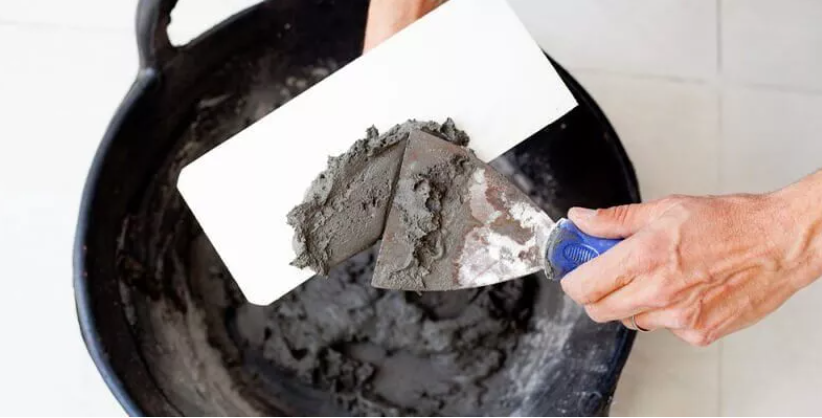Portland cement
Portland cement is the most important inorganic bonding material in dry-mixed mortar products. After adding water to make slurry, it is a cementitious material that can harden in air and in water . Portland cement can be distinguished by performance and use, and can be divided into general-purpose cement, such as ordinary Portland cement and slag Portland cement; special-purpose cement, such as rapid hardening cement, dam cement, and expansive cement, and oil well cement. It can also be divided into Portland cement, high alumina cement (calcium aluminate cement), and sulphoaluminate cement according to the composition.

Portland cement is a hydraulic cementitious material made of Portland cement clinker, 0-5% limestone or granulated blast furnace slag, and an appropriate amount of gypsum, which can be divided into two types: Portland cement without admixture is called Type I Portland cement, and its code is P·I; When Portland cement clinker is ground, limestone or granulated blast furnace slag mixed with no more than 5% of the cement mass is called Type II Portland cement, and its code is P·II.
Hydration reaction and properties
Portland cement is mixed with appropriate water to form a plastic paste that can be cemented together with aggregates such as sand and stone. After a maintenance period, it gradually becomes a cement stone with specific mechanical strength. Because the hydration and hardening of cement is a complicated physical, chemical, and physicochemical change process, new hydration products are continuously generated, and exothermic reactions occur, resulting in volume changes and strength growth.
The hydration rate of tricalcium silicate in the cement hydration process is relatively fast, which can rapidly harden the cement and form hydration products with considerable strength. Tricalcium silicate particles with a particle size of 40-50gn can be hydrated by about 75% after 28 days of adding water, so the strength develops relatively quickly, the early strength is high, the strong growth rate is rather large, and the strength of 28 days can reach its level—70%~80 % of the annual strength. Regarding 28d and one-year strength, tricalcium silicate is the highest among the four major minerals.
Physical and Mechanical Properties of Portland Cement
(1) Fineness
The grinding fineness of cement is closely related to a series of properties, such as setting time, strength, drying shrinkage, and hydration heat release rate, so it must be controlled within an appropriate range. Different indicators, such as the percentage of sieve, specific surface area, average particle diameter, and particle gradation, can describe the fineness of the cement.

(2) Consistency
Consistency is the water demand when the cement slurry reaches a certain degree of fluidity, and it is one of the essential properties of cement. Therefore, to make the determination of cement setting time and stability accurate and comparable, the cement paste should reach a uniform consistency under a particular test method, which is called standard consistency, and the amount of mixing water required to make the cement paste reach the formal consistency ( Expressed as a percentage of the cement mass), it is called the standard consistency water consumption.
The factors that affect cement’s consistency are cement clinker’s mineral composition, the performance and dosage of mixed materials, admixtures, and the grinding fineness of the cement.
(3) Coagulation time
The process of cement, from being mixed with water to losing its fluidity, that is, developing from a liquid state to a denser solid form, is called the setting process of cement, and the time required is called setting time. To better reflect the setting time of cement and facilitate building construction, it is divided into initial and final setting times. The initial setting time refers to when the cement is mixed with water until the cement slurry begins to lose its plasticity; the final set time refers to when the cement is mixed with water until the cement slurry completely loses its plasticity and begins to produce strength.
Many factors affect the setting time of cement. In production, the coagulation agent (gypsum is commonly used) is used to adjust the setting time of cement.



